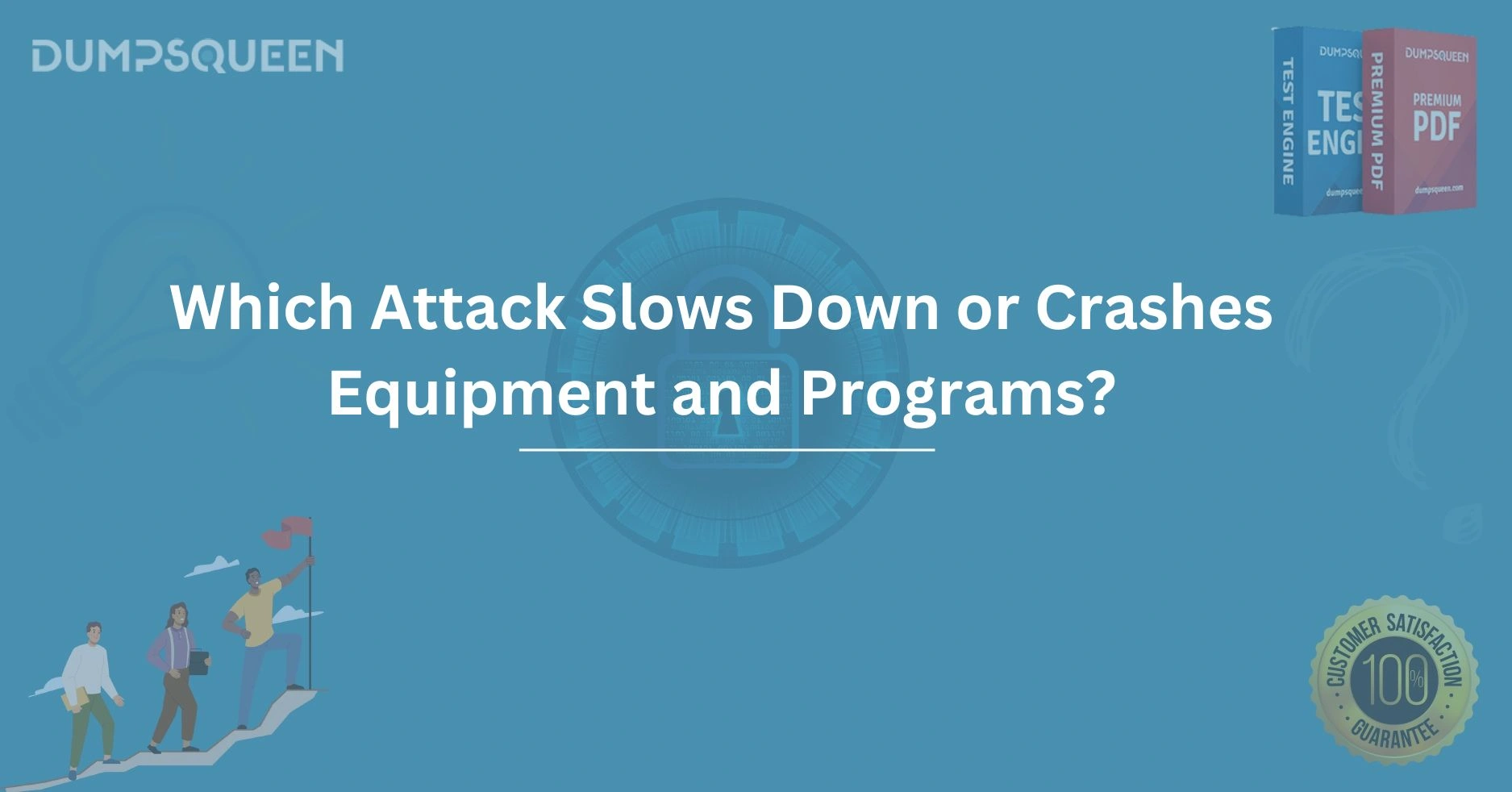
In the realm of information technology and cybersecurity, few phenomena are as perplexing and disruptive as Denial-of-Service (DoS) attacks. These attacks, a bane to network administrators and users alike, are characterized by the intention to make a service or a resource unavailable to its intended users by overwhelming it with malicious traffic. The sheer audacity of these digital assaults raises not only professional awareness but also an academic intrigue surrounding their implications, methodologies, and ramifications. This article endeavors to dissect the nuances of Denial-of-Service attacks, providing a thorough elucidation of their mechanics, types, motivations, and the countermeasures that can be employed.
The essence of a Denial-of-Service attack lies in its modus operandi, which typically involves flooding a targeted service or network with excessive data traffic, effectively consuming its bandwidth and rendering it inoperable for legitimate users. This saturation can manifest in myriad forms—ranging from simple flood attacks to more complex multi-vector approaches that render traditional defense mechanisms ineffective. Thus, the formidable challenge posed by DoS attacks extends beyond mere technological barriers into the realm of strategic cyber warfare.
To fully appreciate the intricacies of DoS attacks, one must first understand the primary variants within this category. The two most prevalent forms are the traditional DoS and its more sophisticated cousin, the Distributed Denial-of-Service (DDoS) attack. The former typically originates from a single source that bombards the target with requests, while the latter proliferates the assault by leveraging a network of compromised systems, often referred to as a botnet. The scalability of DDoS attacks is particularly alarming; a relatively modest investment can yield catastrophic consequences for even well-protected infrastructures.
The motivations behind orchestrating such attacks are as varied as the methodologies employed in executing them. For some, the allure of DoS attacks lies in ideological beliefs—hacktivism has emerged as a prominent force, where attackers seek to convey a message or protest against perceived injustices. For others, the motivations are far more insidious, aimed at financial gain through extortion. Ransomware attacks often incorporate DDoS tactics as a form of pressure, compelling victims to acquiesce to demands under threat of further disruption.
However, an inquisitive mind might wonder: why do Denial-of-Service attacks resonate within the larger cyber landscape? The answer may lie in the cross-section of curiosity, chaos, and convenience. The rapid evolution of technology has democratized access to sophisticated tools capable of executing DoS attacks, thus enabling a broader range of individuals—ranging from novice hackers to seasoned cybercriminals—to participate in this form of cyber warfare. The ease with which malicious actors can launch such attacks taps into a deeper fascination with power dynamics in the digital realm, alongside the inherent challenges posed by safeguarding against an ever-evolving threat landscape.
Despite the seemingly insurmountable nature of these attacks, various countermeasures can be employed to mitigate their impact. The first line of defense includes network redundancy and load balancing, which distribute incoming traffic across multiple servers to maintain service availability. Additionally, the implementation of rate limiting can thwart attempts to overwhelm servers by capping the number of requests a single client can send within a specified timeframe. Further, intrusion detection and prevention systems (IDPS) can provide real-time analysis and response to suspicious activity, enhancing overall resilience against potential assaults.
Furthermore, collaborating with Internet Service Providers (ISPs) plays a vital role in enhancing security. ISPs can assist in filtering out malicious traffic before it reaches the target. Engaging in ongoing monitoring and analysis of traffic patterns enables organizations to detect anomalies before they escalate into full-blown attacks. These proactive steps underscore the adage that prevention is often more effective than reaction when it comes to cyber threats.
As organizations grapple with the realities of cybersecurity, cultivating an awareness of the underlying motives driving DoS attacks is essential. Educational initiatives focusing on information security not only arm individuals and organizations with vital defenses but also foster a culture of vigilance and adaptability. By understanding the complexities of Denial-of-Service attacks, stakeholders can better align their cybersecurity strategies with the shifting sands of the digital landscape.
In conclusion, Denial-of-Service attacks represent a multifaceted threat in the cyber domain. Their capacity to incapacitate systems and disrupt services not only reflects the vulnerabilities inherent in modern technology but also illuminates a broader societal concern regarding the balance of power within digital interactions. Navigating this treacherous terrain necessitates a comprehensive understanding of the mechanisms at play, enhanced by a commitment to continuous education and adaptation. Ultimately, while the specter of Denial-of-Service attacks looms large, a proactive and informed approach can significantly mitigate their impact, thus safeguarding the integrity of digital ecosystems.
